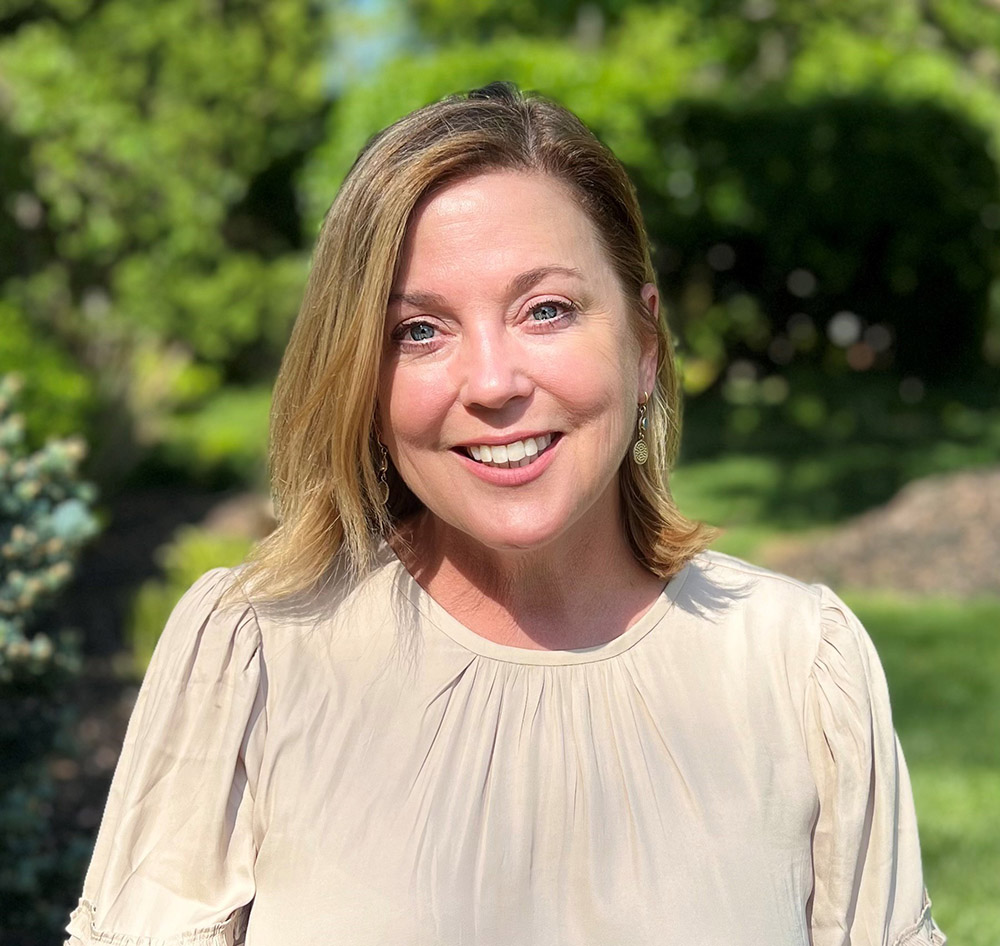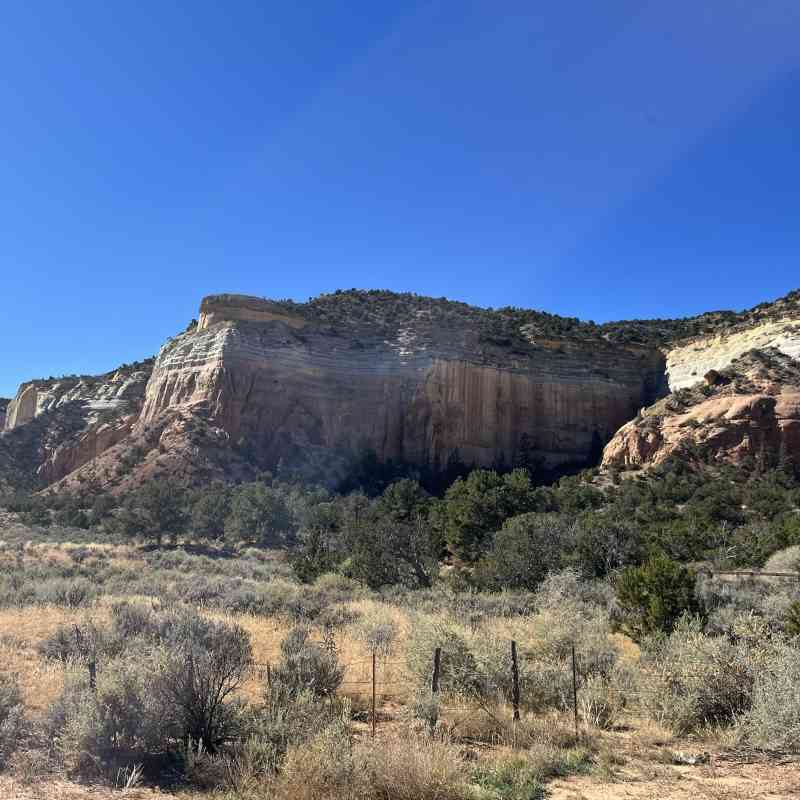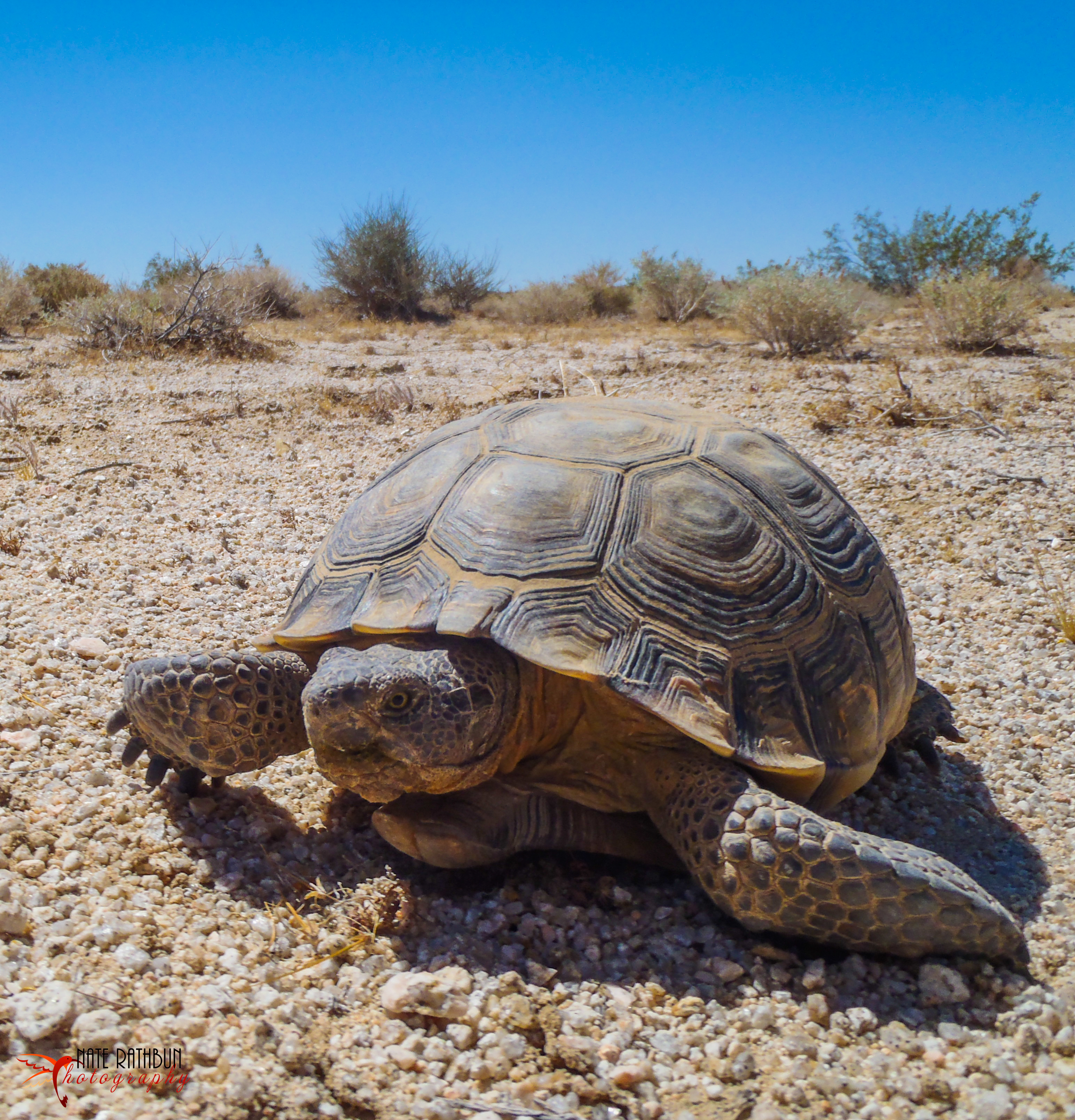On May 19, the Senate Committee on Environment and Public Works held a full committee hearing about biodiversity loss and the drivers, impacts and potential solutions. The event featured Dr. Leah Gerber, founding director of the Center for Biodiversity Outcomes and Professor of Conservation Science at Arizona State University. Gerber is also a Defenders of Wildlife Science Advisor.
“More species of plants and animals are threatened with extinction now than at any other time in human history,” said Gerber during the hearing. “Twenty-five percent of all species – including 40% of amphibians and 30% of marine mammals – are threatened with extinction. And we’re not talking about just extinction, we’re also talking about the general decline of nature.”
Gerber was a lead author for the Intergovernmental Panel on Biodiversity and Ecosystem Services Global Assessment, which provided the most comprehensive evaluation of the status of biodiversity and nature’s contribution to people in the U.S. and globally.
The causes of the biodiversity crisis are now well known. Direct drivers include land and sea use change, overexploitation, climate change, pollution, and invasive species. Rapid climate change, for example, influences species ability to adapt, contributing to biodiversity loss. At present, our main challenge is not trying to figure out what’s wrong, and it’s about deciding to take action to address the problem.
During the hearing, Gerber talked about the consequences of extinction and the decline of nature. “This isn’t restricted to wildlife,” said Gerber. “It extends to people. The ecosystem services provided by biodiversity include nutrient cycling, carbon sequestration, pollination, and agricultural productivity have declined by 80 percent.”
Just as there is great consequence to losing biodiversity, there is also great opportunity to reverse course. “The science is clear about the biodiversity crisis and we have options for solutions,” said Gerber. “A National Biodiversity Strategy for the U.S. would focus and coordinate government response to the biodiversity crisis.”
She pointed out during her testimony that while some U.S. agencies – National Oceanic and Atmospheric Administration, U.S. Fish and Wildlife Service – are responsible for ensuring the persistence of biodiversity as a matter of their mission, many agencies impact biodiversity and can play a significant role in its protection. Gerber also talked about the need for an inclusive process for biodiversity protection and restoration, saying that committing to inclusion makes science/scientists better prepared to address the growing challenges to biodiversity.
“We need an inclusive process that brings people together to solve our nation’s biodiversity challenges,” said Gerber. “A long history of discrimination has led to clear patterns of injustice and inequity in access to nature. We must recognize the systemic bias that infiltrates the experiences of underrepresented groups, and commit to building a diverse workforce.”
As Gerber shared during her testimony, we are at a crossroads, and the signs are clear about which direction we need to take. It’s time for the Senate and Congress to listen to the science, build on our nation’s conservation success, and take action for biodiversity and, ultimately, for humanity.
To watch the entire hearing, visit the Environment and Public Works website.
For over 75 years, Defenders of Wildlife has remained dedicated to protecting all native animals and plants in their natural communities. With a nationwide network of nearly 2.1 million members and activists, Defenders of Wildlife is a leading advocate for innovative solutions to safeguard our wildlife for generations to come. To learn more, please visit https://defenders.org/newsroom or follow us on X @Defenders.


